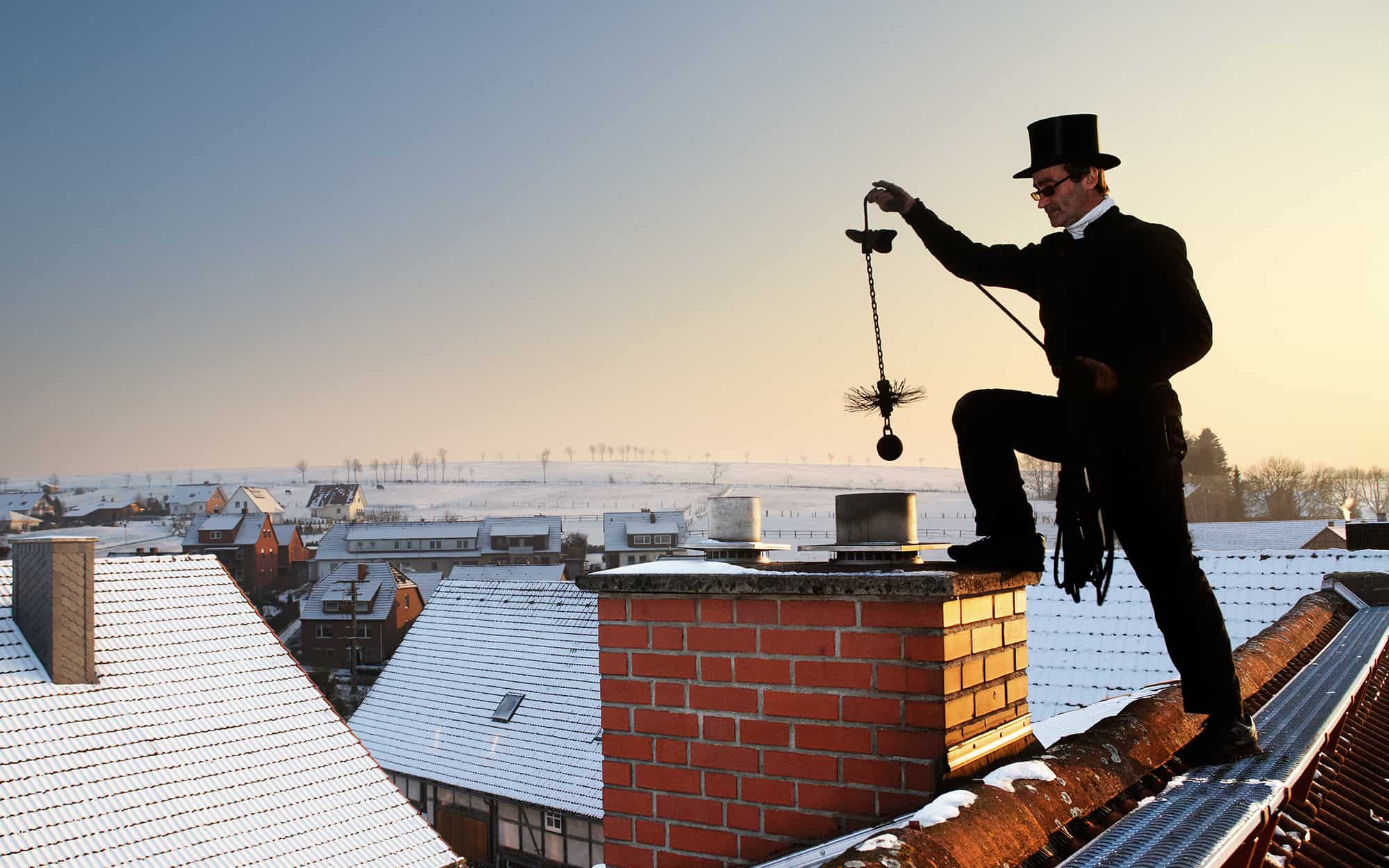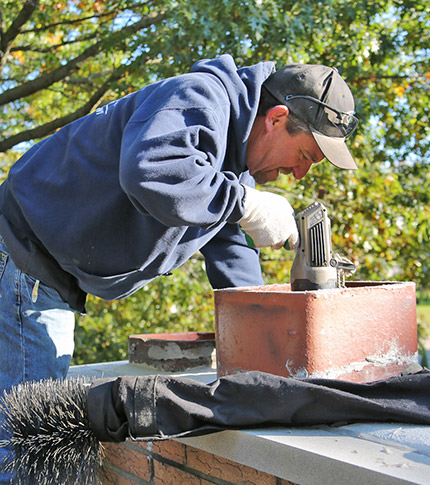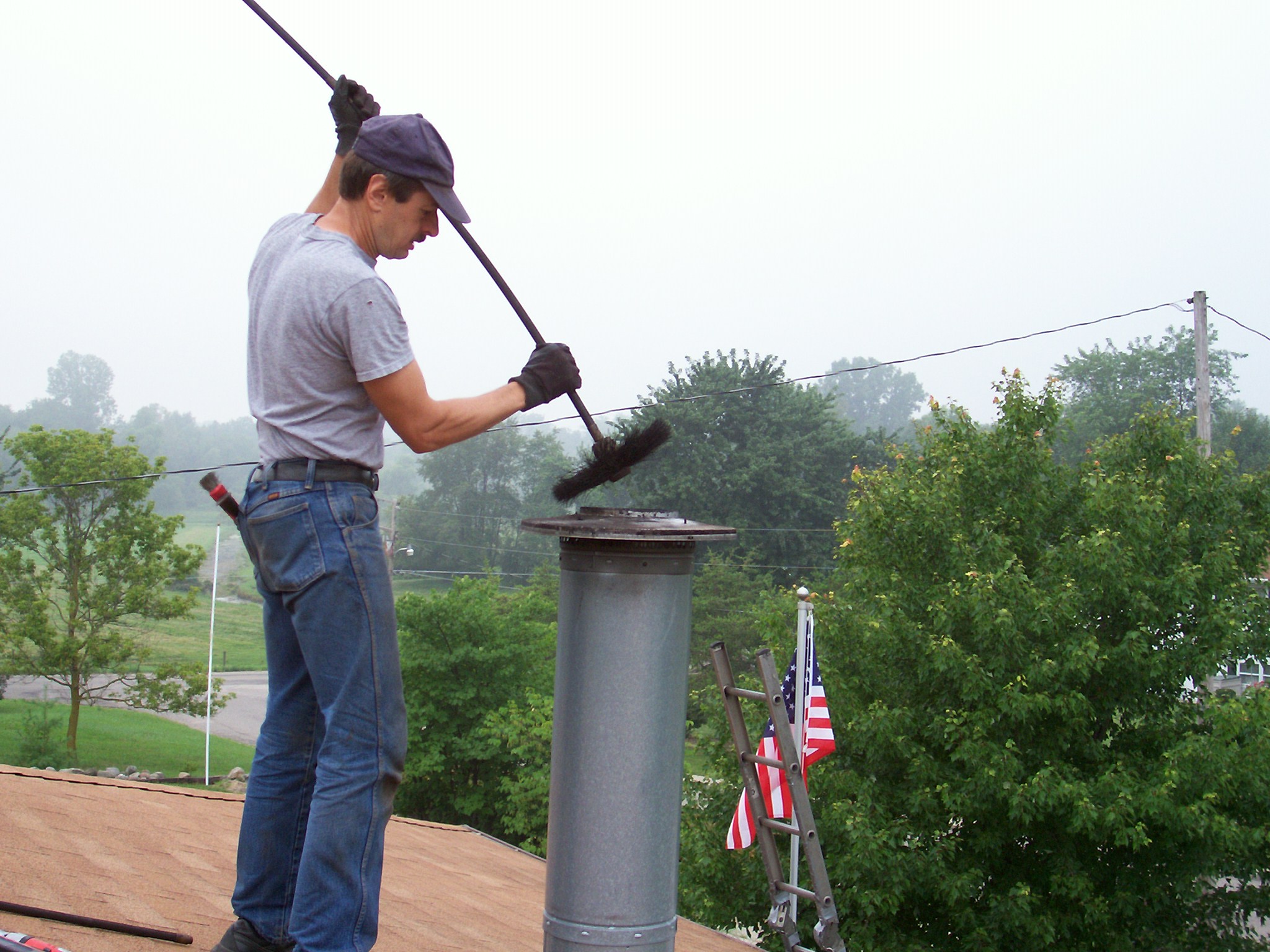Chimney Cleansing: A Step-by-Step Guide to Maintaining a Healthy Fireplace
Routine chimney cleansing is a vital part of this upkeep regimen. By complying with these guidelines, you will learn how to collect the needed tools, do an aesthetic examination, clear particles and accumulation, move the smokeshaft, and complete the last actions for recurring upkeep.
Gathering the Essential Devices
To begin the procedure of smokeshaft cleaning, the primary step is to gather all the essential tools. Having the right tools available guarantees a effective and secure cleansing process. The essential devices for chimney cleansing include a smokeshaft brush, a ladder, ground cloth or plastic sheets, a flashlight, handwear covers, and a dust mask.
The smokeshaft brush is the main tool made use of to remove residue and creosote buildup from the flue. It is essential to select a brush that matches the dimension and shape of your chimney. In addition, a sturdy ladder is needed to access the chimney safely. Make sure the ladder is secure and put on a flat surface.
Ground cloth or plastic sheets are important for safeguarding the surrounding location from dust and particles. They aid make and have the mess cleanup easier. A flashlight is vital for checking the chimney's interior for any type of indications of damage or obstructions. Gloves are necessary to safeguard your hands from soot and various other harmful compounds, while a dirt mask helps stop the breathing of debris.
Doing a Visual Examination

Using a flashlight, carefully check out the interior wall surfaces of the smokeshaft for any kind of indicators of damage, such as splits, loose bricks, or mortar degeneration. These issues can jeopardize the chimney's structural stability and posture a severe safety and security risk. In addition, look for any type of signs of water damages, such as discoloration or efflorescence, as this can indicate a dripping chimney cap or flashing.
Following, examine the chimney flue for any obstructions. Seek the existence of nesting products, leaves, or debris that might have accumulated over time (Chimney Sweep San Jose). These obstructions can limit air flow, enhance the threat of carbon monoxide gas build-up, and impede the smokeshaft's capability to effectively vent smoke
Throughout the visual inspection, pay attention to the chimney crown, which is the leading surface area that secures the smokeshaft from dampness. Seek cracks or missing items in the crown, as these can permit water to enter the smokeshaft and trigger significant damages.
Clearing Debris and Accumulation
After completing the aesthetic examination, the next action in chimney cleaning involves clearing up debris and accumulation to make sure the correct functioning of the fire place. Over time, debris such as fallen leaves, twigs, and animal nests can accumulate in the chimney, blocking the flow of air and triggering possible fire risks.
A chimney brush, particularly developed for this purpose, is made use of to remove loose particles and creosote from the smokeshaft wall surfaces. It is vital to choose a brush that matches the dimension of your smokeshaft to make sure efficient cleansing.
To start, place the brush into the chimney and relocate up and down, rubbing the wall surfaces to remove any particles or creosote. Utilize a sweeping movement to make certain detailed cleaning. It is advised to begin with the bottom and function your means up. As soon as the brushing is full, utilize a hoover or a chimney brush extension to remove the dislodged debris from the fire place.

Sweeping the Smokeshaft
The sweeping of the smokeshaft is an important step in preserving a healthy and balanced fire place. Gradually, residue, creosote, and various other particles can collect in the smokeshaft, obstructing the flow of air and potentially triggering a harmful accumulation of combustible materials. Routine chimney sweeper not only ensures proper air flow yet also prevents the risk of chimney fires.
When it comes to smokeshaft sweeping, it is highly advised to employ a professional smokeshaft sweep. These professionals have the understanding and tools required to safely and successfully eliminate the collected debris from your smokeshaft.
It is essential to note that the regularity of chimney sweeping relies on a number of factors, such as the sort of gas utilized, the amount of use, and the type of smokeshaft. As a basic general rule, it is recommended to have your smokeshaft examined and swept a minimum of once a year.
Last Actions and Maintenance
To ensure continuous maintenance and optimal efficiency, it is vital to execute normal maintenance methods and adhere to a detailed collection of final steps for your fire place. After completing the smokeshaft sweeping procedure, the initial step in the last maintenance is to examine the smokeshaft cap and trigger arrestor. These components stop particles, animals, and rainwater from getting in the smokeshaft. Look for any type of indicators of damage or obstruction, and tidy or fix them if required.

Examine the within the fire place for any kind of signs of damage, such as splits, loose bricks, or damaged mortar. These problems can influence the structural Get More Info integrity and safety and security of the fire place. If any issues are detected, seek advice from a specialist chimney sweep or mason to resolve them without delay.
Lastly, consider mounting carbon monoxide detectors near the fireplace and throughout your home. These tools can discover the presence of this hazardous gas, providing an early warning system in instance of a smokeshaft malfunction. Consistently check and replace the batteries in these detectors to guarantee their performance.
Final Thought
Finally, following a step-by-step guide for chimney cleaning is essential in preserving a healthy and balanced fire place. By gathering the needed devices, doing an aesthetic assessment, getting rid of particles and accumulation, and sweeping the chimney, property owners can guarantee the safety and efficiency of their fire place. Normal upkeep and cleaning will help prevent smokeshaft fires and boost air high quality in the home. It is vital to prioritize chimney cleaning as a component of overall home upkeep.
The necessary tools for smokeshaft cleaning consist of a smokeshaft brush, a ladder, decrease towels or plastic sheets, a flashlight, handwear covers, and a dust mask.
A smokeshaft brush, specifically made for this function, is used to eliminate loose particles and creosote from the chimney wall surfaces. Regular smokeshaft sweeping not just guarantees correct ventilation however also stops the risk of chimney fires.
When it comes to smokeshaft sweeping, it is very recommended to work with a specialist chimney move. After finishing the smokeshaft sweeping process, the first action in the final upkeep is to inspect the chimney cap and trigger arrestor.